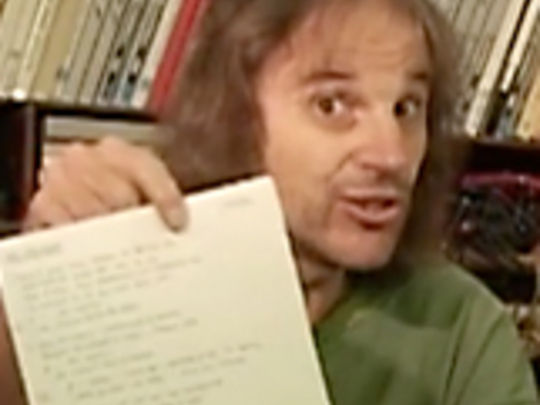
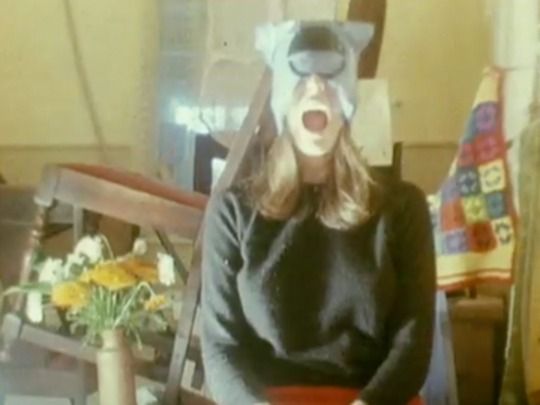
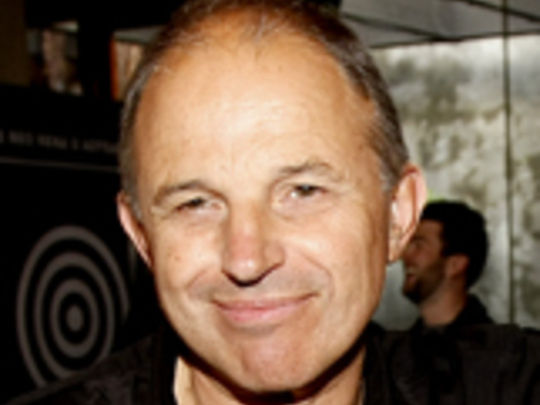
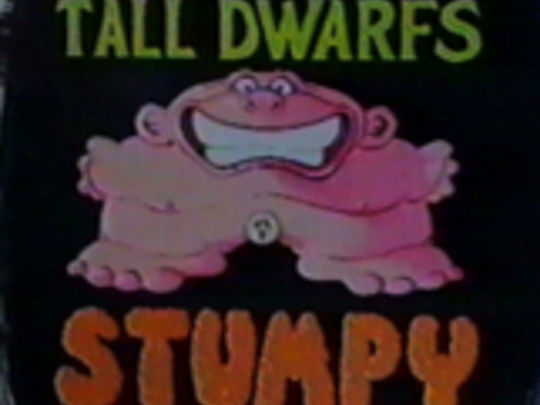
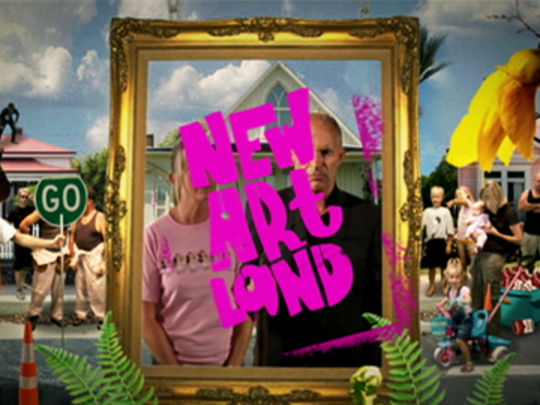
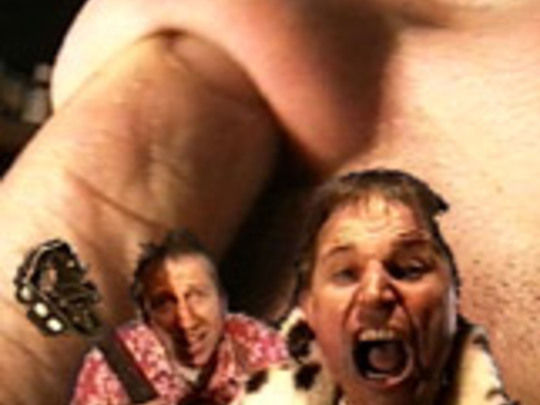
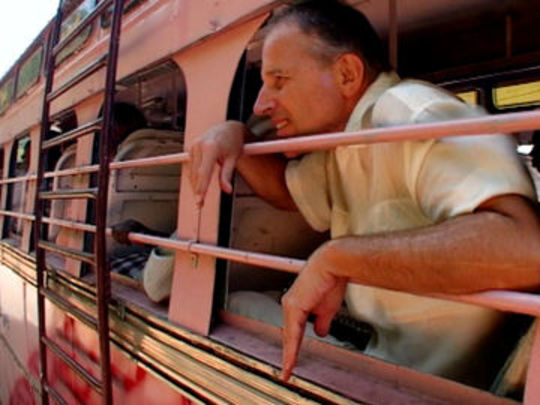
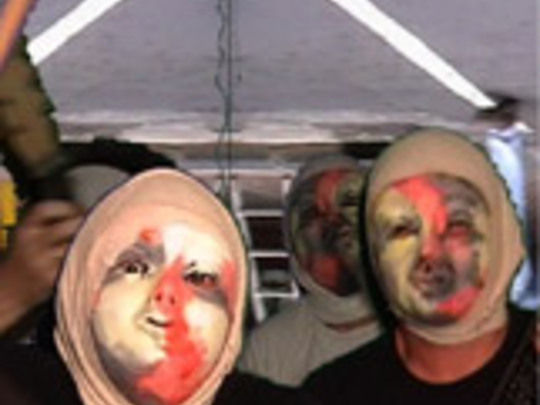
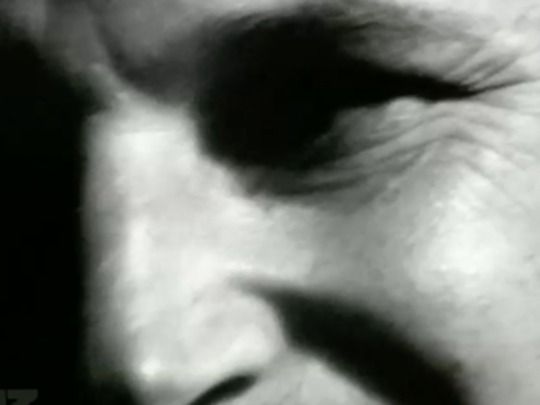
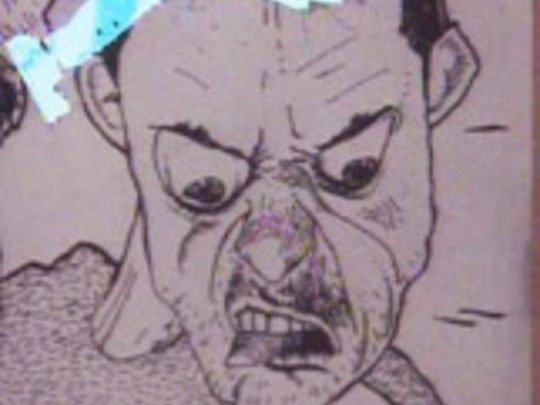
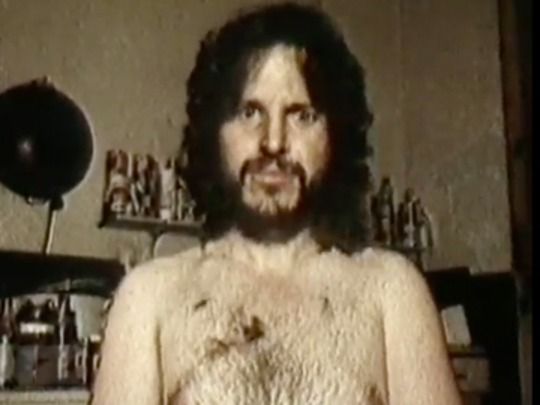
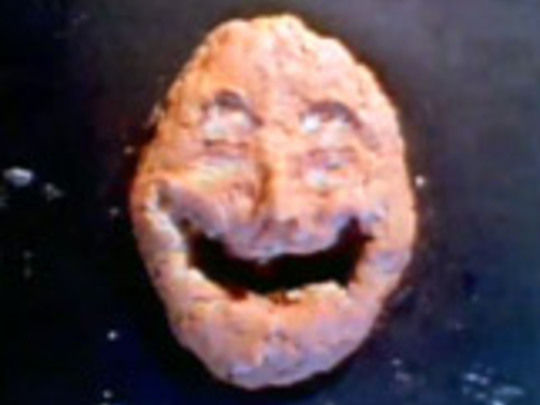
The Chris Knox Collection
The Chris Knox Collection
This collection has two backgrounds:
Just do it Punk
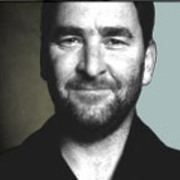
Chris Knox: craft master
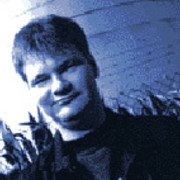
Just do it Punk
By Russell Brown 12 Nov 2009
Chris Knox has been described as "the godfather of New Zealand punk" so many times now that it's easy to forget why anyone might say that.
Long before "Just do it" was a Nike slogan, and before punk rock became a dress code, the punk ethic held that you shouldn't let yourself be limited by the ideas of technical virtuosity or professional qualifications. If you wanted to say something, you should say it yourself, and it didn't matter if you weren't slick: it was enough that you were honest.
That spirit shaped Tall Dwarfs' 3 Songs EP, the first thing to emerge from the rubble of Toy Love. Toy Love had evolved from Dunedin's punk founders The Enemy. In a little over 18 months the band become heroes at home and jobbing rockers on the Aussie pub circuit, before disintegrating in the wake of an album that no one thought did them justice.
A professional engineer had been in charge of the Toy Love album, and that, Knox decided, was the problem. With Toy Love guitarist Alec Bathgate, Knox formed Tall Dwarfs, who engineered their own recordings and played their own instruments. It sounded better. A lot better.
Naturally, Knox created the cover, and made the video for 'Nothing's Going To Happen', employing the most hands-on form of film-making: stop-motion animation. Just as common household implements were commandeered as instruments on the record, members of the household became props in the clip.
The techniques were similar but the rations even leaner in Chris's memorable video for The Clean's 'Tally Ho!'. Reel ends were procured and spliced together, and Chris's unfamiliarity with the camera meant that he accidentally exposed some of the footage and had to use film negatives to complete the clip.
Later, Chris's extraordinary draftsmanship lit up other animated clips, such as Phil's Disease Day 1, and this ability to marry virtuosity and naivety - with honesty, always, as the glue - is a good way to understand what Chris Knox does.
It's a way of working that has seen him anointed as the father of the "lo-fi" movement in music - not only in New Zealand, but in the US and Europe, where he has been received as a revered originator when he toured.
Chris would insist that the proper term is "low-tech", but the effect is the same - he wrings remarkable things out of technology that everyone else thinks is exhausted. It was years before his friends could convince him to use a computer, and when he did, one of his first acts was to use his Mac not to polish a recording, but completely deconstruct it, in the music concrete album Inaccuracies and Omissions, released under the name Friend.
The less obvious thing that will help you understand the work collected here is the opposite of the methodical process of animated clips: live performance. Long after other performers have made their excuses, Chris has performed to young audiences and opened for bands half his age. He might not be slashing his arms the way did when he was the mad singer in New Zealand's punk originators The Enemy, but he is always in the moment: responsive, funny, improvisational, honest.
Remarkably, this ability to conjure with the most basic palette has already served Chris well in his recovery from a traumatic stroke. The stroke Chris suffered [on 11th June 2009] has left him with his musicality and his voice intact, but his command of speech almost totally impaired. And yet, with friends, he has made two tracks, as Tall Dwarfs and Chris Knox and the Normal, as bonuses on Stroke, a fundraising tribute album on which friends here and abroad have covered 32 of his songs.
He was deprived of speech, so he sang without words. Know that, and you'll understand what Chris Knox does.
Chris Knox: craft master

By Roger Shepherd 12 Nov 2009
This is a wonderfully wilful, playful and experimental collection of film and video work. Mainly it consists of material built around music Chris has individually or collectively written, performed and recorded.
It shows us the early DIY experimentations with animation, and his keen experimentation with a number of different techniques. We see a developing mastery of the technology but never a dulling of the creative spirit.
This is a unique and important collection of work perfectly illustrating what is possible with the barest of resources and a free-wheeling imagination.
Chris Knox made his first music clips for the Tall Dwarfs and was greatly influenced by the likes of Norman McLaren and Len Lye. Nothing's Going To Happen (1981), Turning Brown and Torn in Two (1983), Phil's Disease Day 1 (1984), Phil's Disease Day 4 (1984), and later The Slide (1988) were made with basic but differing animation techniques. A live-action horror movie inspired The Brain That Wouldn't Die (1984) which was also made during this time. Chris sees these early efforts as "cheaply made and amateur" but they all display wit, charm and invention.
Chris also made music videos for other bands, notably the simple, economically made Tally Ho! (1981) by The Clean; Wind Song (1984) by The Verlaines; as well as the more involved Caroline's Dream (1983) by Children's Hour.
The process of making these short films and the associated learning experiences resulted in a steady technical improvement over this time. This is well illustrated with the Tall Dwarfs' Fork Songs (1991) collection of videos. Four different songs, 'Two Humans', 'Wings', 'Oatmeal' and 'Lowlands' were made with a NZ on Air music video grant. The result is a unique and varied collection of animated films.
With Chris starting to release solo material in the late 1980s much of the associated film or video material became more direct and "singing to camera" orientated, involving the artist and others miming to the songs in a variety of situations. This perspective was memorably seen in Not Given Lightly (1989), Get A Life (1993) and Inside Story (1993). Animations such as Face of Fashion (1989) and Joy of Sex (1997) were still being made and Chris's long time partner Barbara Ward also became more involved in helping with the work.
Barbara animated the entire film for My Dumb Luck (1989) and with Chris made the animated Half Man, Half Mole (1995) and One Fell Swoop (1985) films. Her body is featured as the "screen" for projected material in My Only Friend (2000).
Tall Dwarfs work continued with a collection of different ideas and material for the Stumpy EPK (1996) and video was first used for Fragile and Gluey Gluey (both 1998). These featured mimed performances in front of a gleefully utilised blue screen across which a variety of images were projected.
Chris continued to make music and videos with and for his band Chris Knox and the Nothing, namely Cordeoline (2005) and Queer (2006). They had not-long released their second album, A Warm Gun, when Knox suffered a stroke on Thursday morning, June 11th 2009, at his home in Grey Lynn.
A tribute album, Stroke - the Songs of Chris Knox, has been recorded and is due to be released late November 2009. The 32-track double album features covers of Knox songs by local and off-island indie music luminaries. Proceeds will go towards Chris’s rehabilitation. Watch the collection and listen to the legacy. A true original.